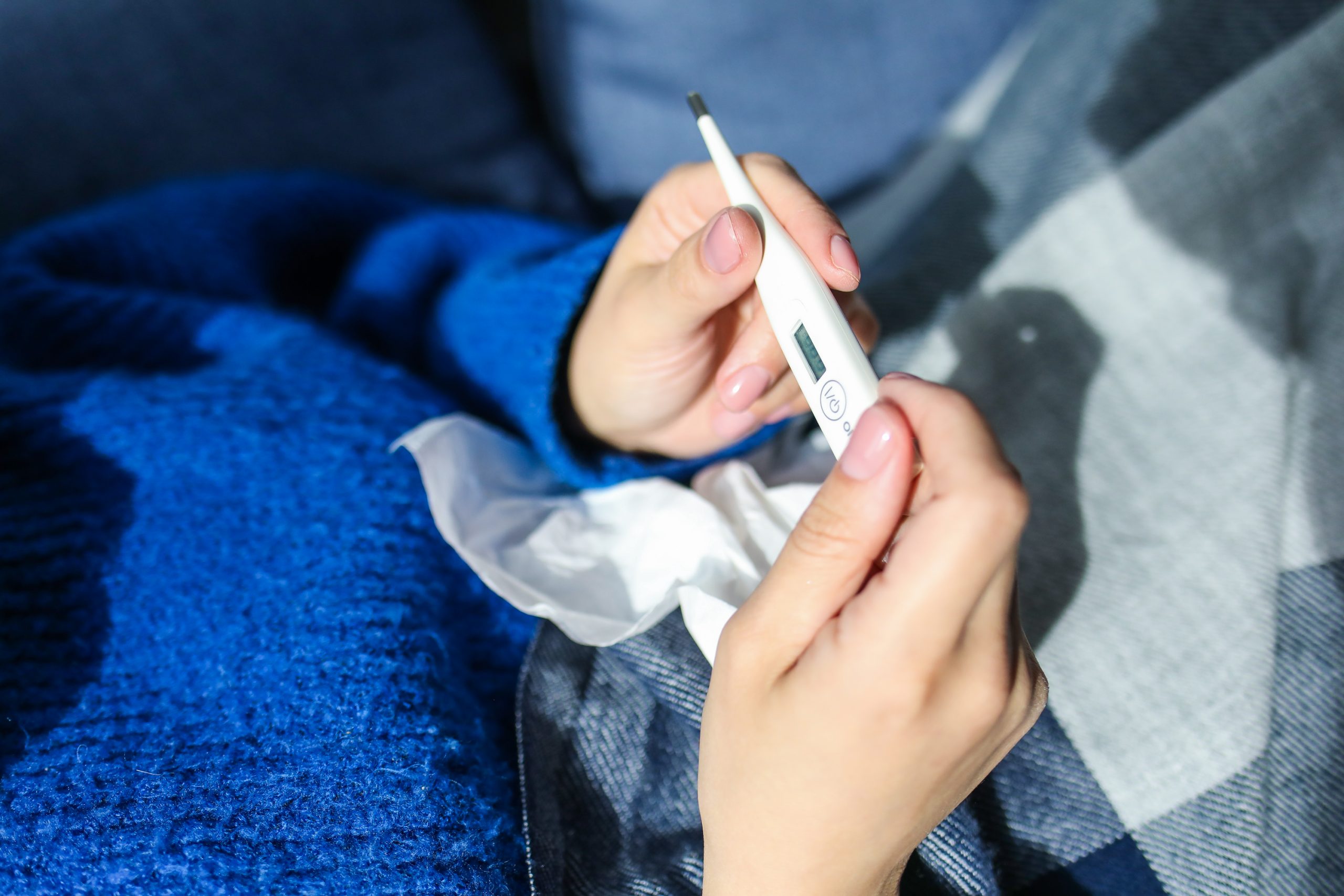COVID-19 Updates
COVID-19: 3 Steps to Take if an Employee is Sick
By Whitney Harper on 07.16.2020
As businesses reopen and employees return to workplaces, many employers are faced with tough questions when an employee is suspected or confirmed to have COVID-19.
Following the CDC’s guidance in these situations will help to protect the company’s workforce, preserve the company’s ability to continue operations, and limit the company’s potential liability. (Note: there are special guidelines for high-risk industries such as healthcare and critical infrastructure, and employers should consult the CDC’s guidance to determine whether special guidelines apply. The summary provided here reflects the CDC’s guidance for employers in lower-risk industries.)
The CDC’s most recent guidance for employers is available here, and is fairly comprehensive.
What to do if an Employee is Sick (At-A-Glance): If an employee who has been in your workplace is suspected or confirmed to have COVID19, the employer should follow the following 3 steps:
1. Separate & Send the Sick Employee Home
- Employees who appear to have symptoms of COVID19 on arrival to work or who develop symptoms during the work day should immediately be separated from other employees, customers and visitors and sent home.
- When Can the Employee Return to the Workplace?
- The employee should stay home until he or she meets the requirements in the CDC’s guidance on ending isolation.
- If the employee was symptomatic, the employee should stay home until they meet the requirements of either the symptom-based strategy or the test-based strategy (note that test-based strategy may not be appropriate if testing is scarce or results take a significant amount of time). .
- Symptom-based strategy: It has been both
- at least 72 hours since “recovery”, which means resolution of fever without the use of fever-reducing medications and improvement of respiratory symptoms; and
- at least 10 days have passed since symptoms first appeared.
- Test-based strategy: The employee meets all of the following criteria:
- Resolution of fever without the use of fever-reducing medications; and
- Improvement in respiratory symptoms; and
- They have 2 negative COVID19 tests from specimens collected at least 24 hours apart.
- Symptom-based strategy: It has been both
- If the employee tested positive but was NOT symptomatic, the employee should stay home until they meet the requirements of either the time-based strategy or the test-based strategy.
- Time-based strategy: at least 10 days have passed since the first positive COVID19 test, and they have NOT developed any symptoms since then.
- Test-based strategy: They have 2 negative COVID19 tests from specimens collected at least 24 hours apart.
- If the employee was symptomatic, the employee should stay home until they meet the requirements of either the symptom-based strategy or the test-based strategy (note that test-based strategy may not be appropriate if testing is scarce or results take a significant amount of time). .
2. Clean and Cordon Off Exposed Spaces
- Close off areas where the person was for prolonged periods (their office, conference rooms, etc.) in the last 7 days (don’t allow people into those rooms, but you may want to open windows and doors to ventilate it). Wait 24 hours after the employee was last in those spaces to clean them (this minimizes the exposure of the people doing the cleaning). After the 7-day mark, you can begin reusing those spaces.
3. Identify, Notify, and Send Home Exposed Employees
- Determine which employees may have been exposed to the virus via the infected employee.
- Inform these employees of their possible exposure to COVID19 in the workplace, but maintain confidentiality of the infected employee.
- Instruct potentially exposed employees to stay home for 14 days, telework if possible, and self-monitor for symptoms.
- Note that this quarantine period may be longer than the duration of time that an infected employee needs to stay home.
Of course, each situation will present unique facts and concerns. Your ADVOS lawyer is available to provide counsel specific to your situation. If you are not an ADVOS client, please reach out to Whitney Harper ([email protected] or 904-567-5311) with questions.




